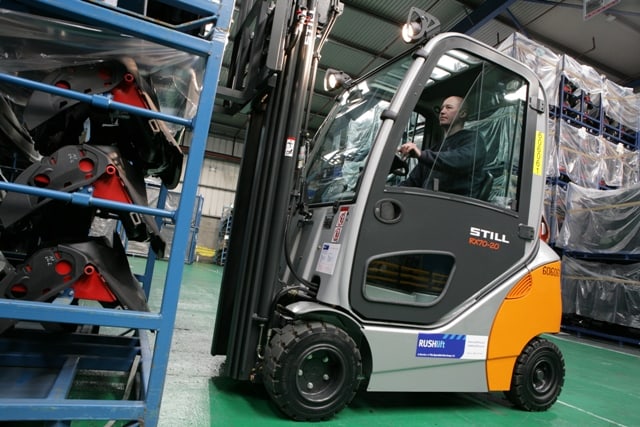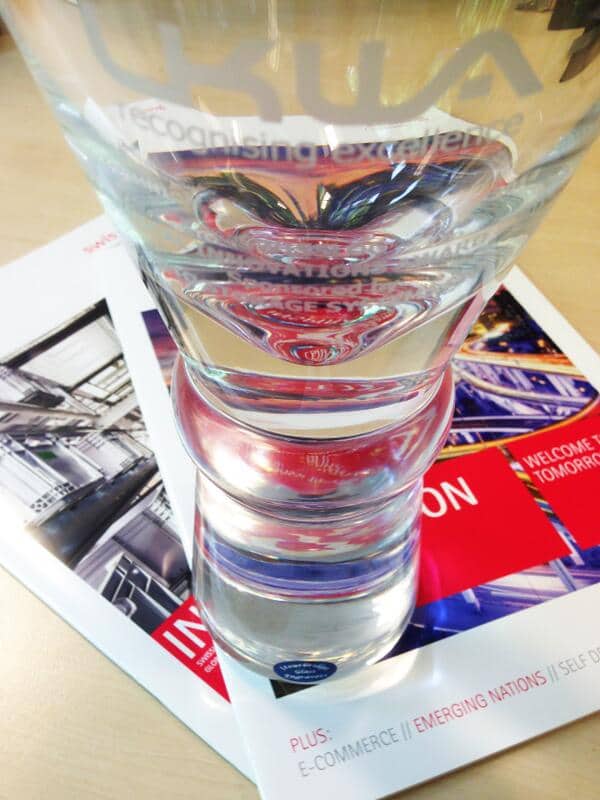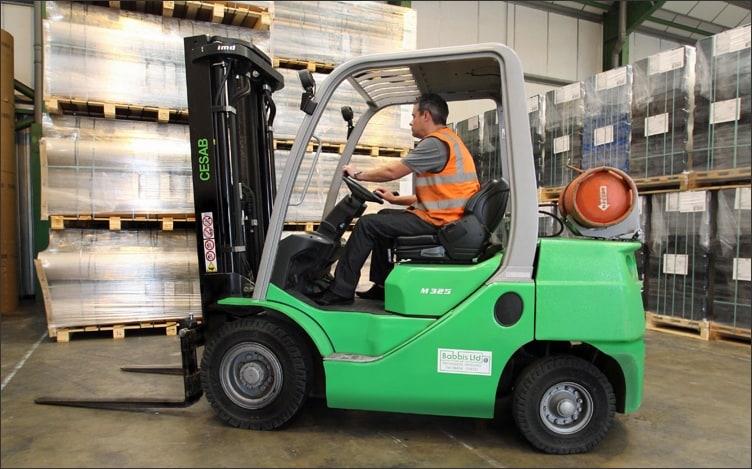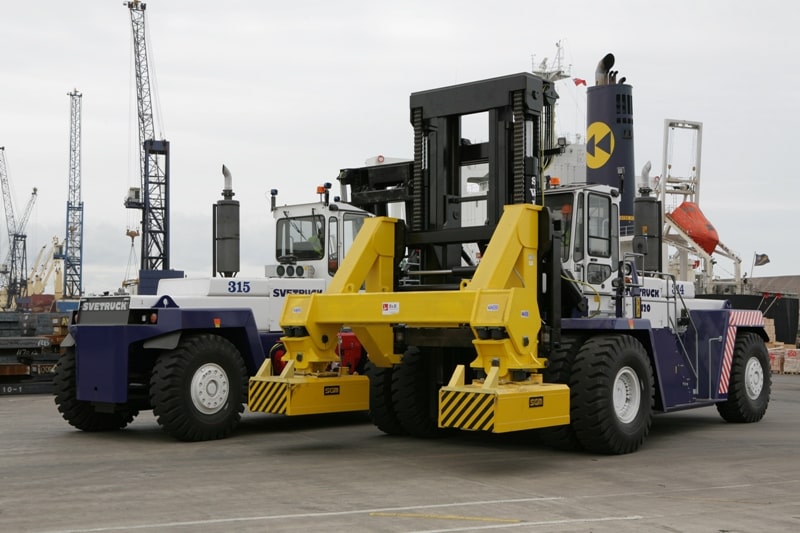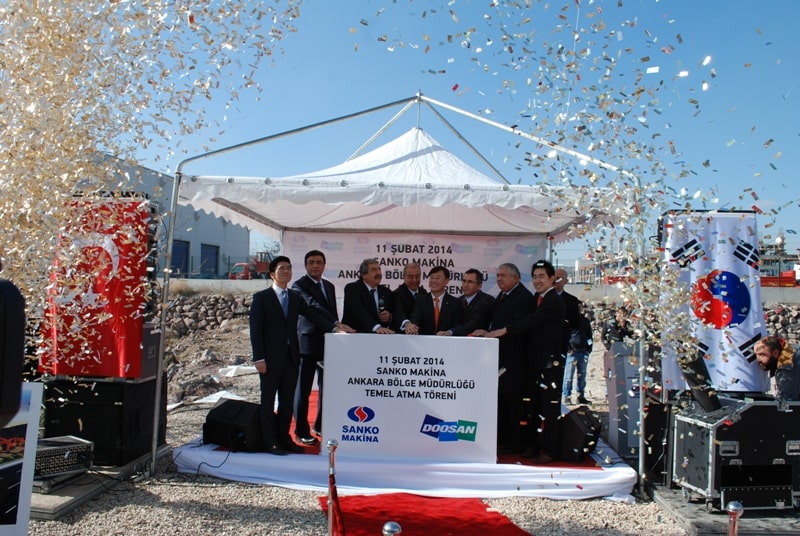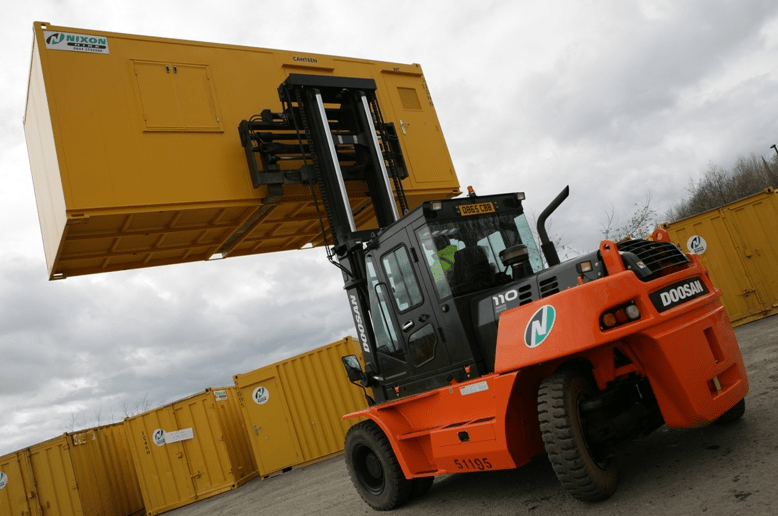A form of extreme discounting, flash sales originated in France and are now spreading around the world. The phenomenon tells us a lot about what brands do to manage their stock, whilst keeping their brand value high and maximise income.
In 2001, Ilan Benhaïm co-founded Vente-privee.com (‘Private Sale’) with the idea of providing brands with a new way of selling their overstock. The site soon took off, creating quick temporary sales for top brands.
In the retail environment it is common practice to sell 40% of what you produce at full price and 50% during a promotion period. The last 10% was then disposed of. Now it goes to the flash sale. The overstock, which can sometimes reach 15%, is necessary in order to produce enough to fulfil orders without incurring excessive logistics costs for multiple shipments.
“There was a major shift at the end of the 80s,” says Ilan. “Before, brands would have had a factory locally, so orders and the manufacturing of products was a lot quicker. Now everything is produced in Asia so it can take six to eight weeks for delivery of the product.”
“Companies have to structurally order more than they plan to sell, they overstock. Realistically speaking there will be five to 10 percent of product leftover in the warehouse that has not sold. If brands don’t sell these products, then the next year they are losing money.”
Crucially, the flash sale ‘members club’ hides price points, promotions and selling history behind passwords, meaning brands can continue trading at their premium levels without fear of being undercut by their own products.
The flash sale sites also believe it is essential to keep brands locked away from the company’s own regular e-commerce websites, otherwise visitors will never pay full price: “it is not the brands job to sell at discounted price”, they say. This happily also gives the flash sale sites the extra ‘width’ that they believe consumers want and the opportunity to offer vast numbers of items.
“We’ve collected together a portfolio of more than 2,500 designer brands,” says Vente-Privee’s website, “to give heart-fluttering discounts of up to 70%. We love fashion and adore anything that’s stylish: from homeware to sports equipment, cars to holidays. C’est fabuleux!”
Flash sale companies don’t physically own the inventory. They send out emails to their members on behalf of the brand, who receive it and decide whether to make a purchase. The flash sale site then goes back to the brand and places the order, the brand delivers the stock to one of their distribution centres and then dispatch to whichever place or country.
“90% of products the flash sale companies do not buy, “ sales Ilan “It could be from an LA warehouse, Florida, or the UK. Hence there is a long window for delivery.”
Typically, only 8% of visitors make a purchase, but the numbers are vast, and account for amazing success of Vente-Privee as well as it’s emulators, Cocosa.com (bought by Harrods mogul Mohamed Al Fayed), achica.com (co-founded by ASOS founder Quentin Griffiths) and the sister site of designer website Net-a-Porter.com, theoutnet.com.



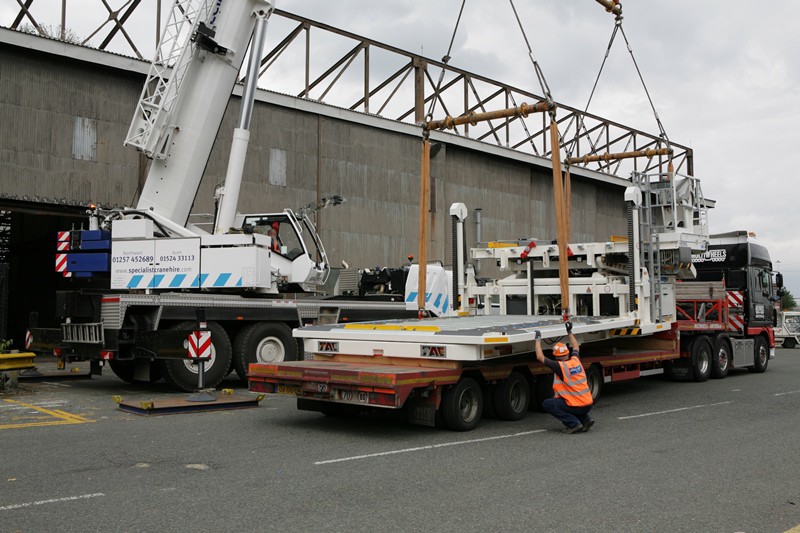
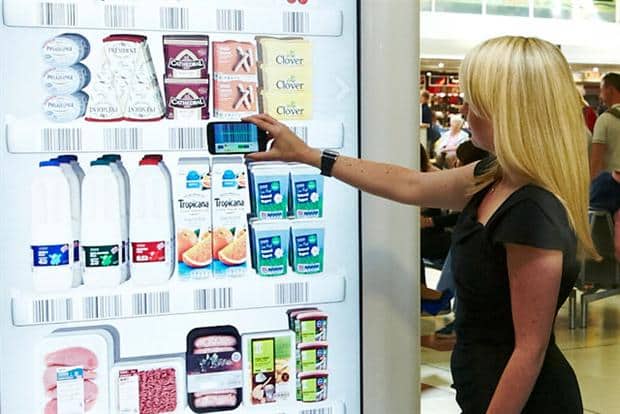
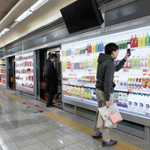 This is not an entirely new idea of course. In 2012, a photograph was published of a young man in a subway station in Seoul, South Korea. He appeared to be travelling from work, and was choosing his shopping for home delivery, again using a smartphone, this time on the subway platform. The wall was an LCD screen which allowed the retailer to vary the products on display with the click of a mouse – different products for morning and evening travellers.
This is not an entirely new idea of course. In 2012, a photograph was published of a young man in a subway station in Seoul, South Korea. He appeared to be travelling from work, and was choosing his shopping for home delivery, again using a smartphone, this time on the subway platform. The wall was an LCD screen which allowed the retailer to vary the products on display with the click of a mouse – different products for morning and evening travellers.




